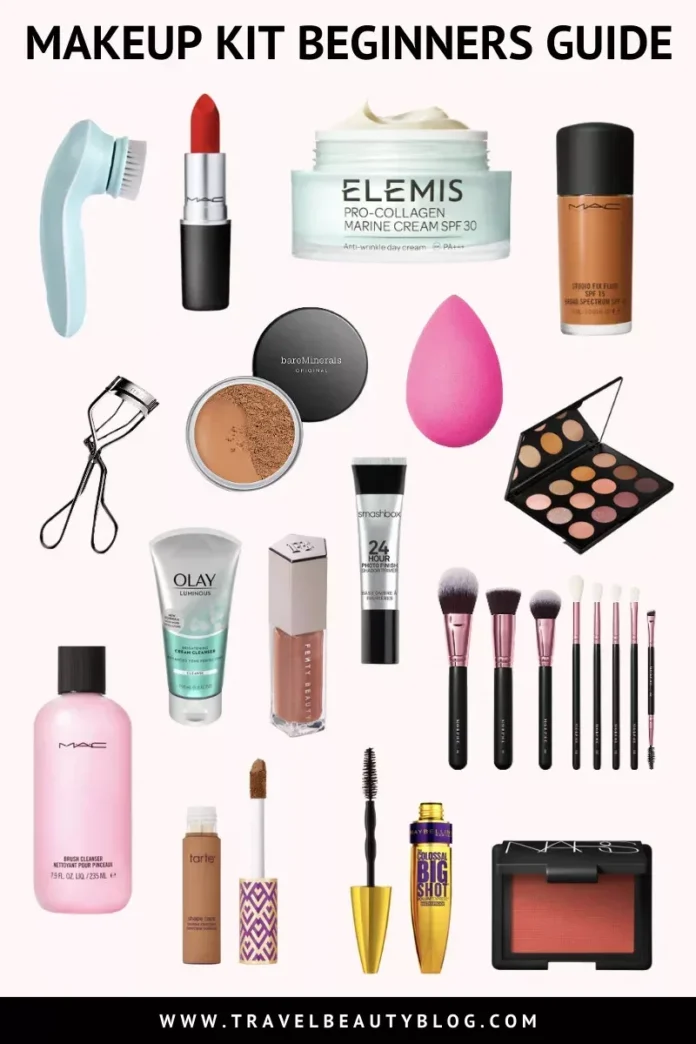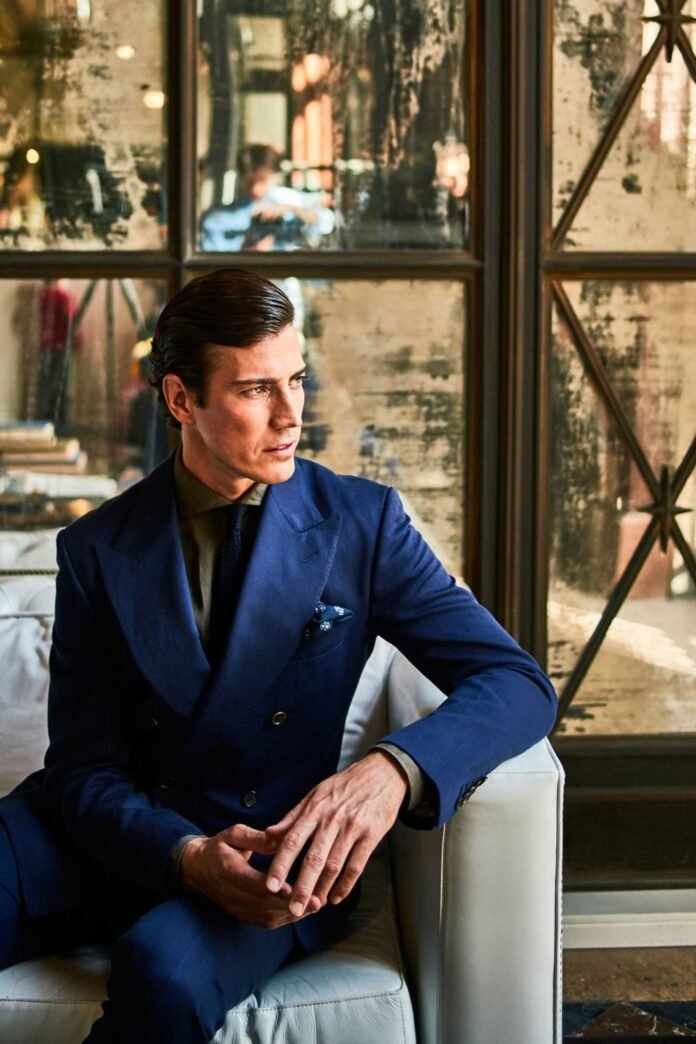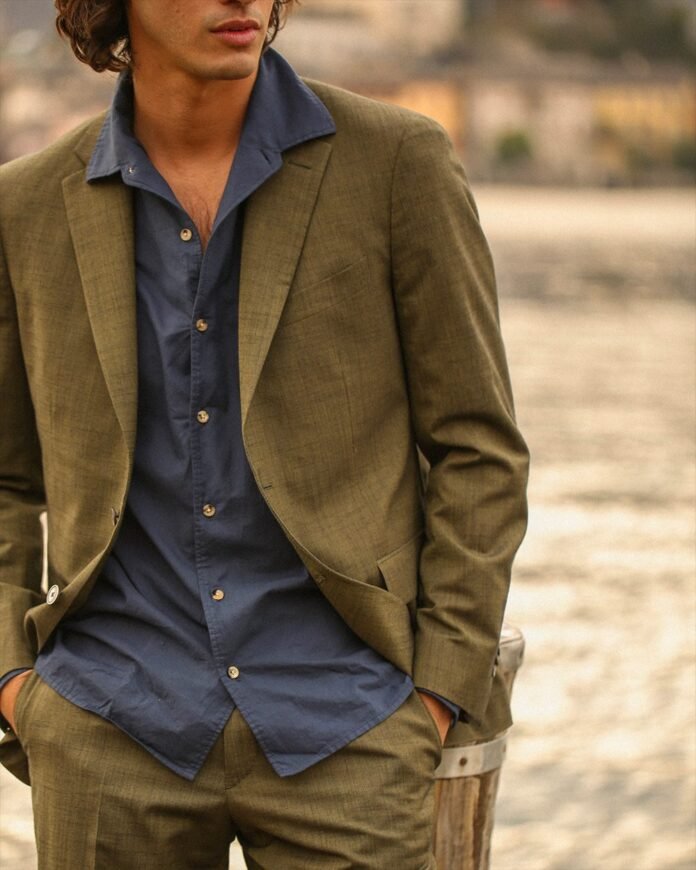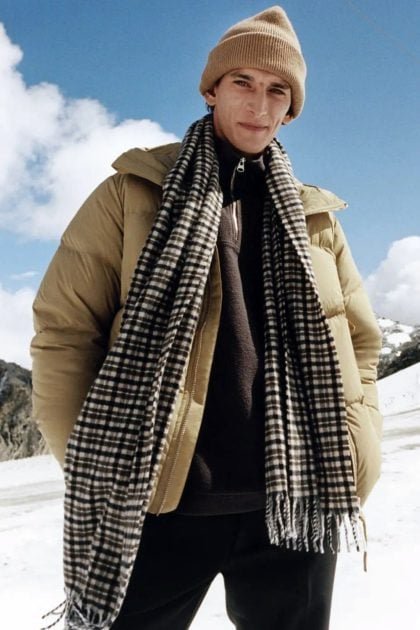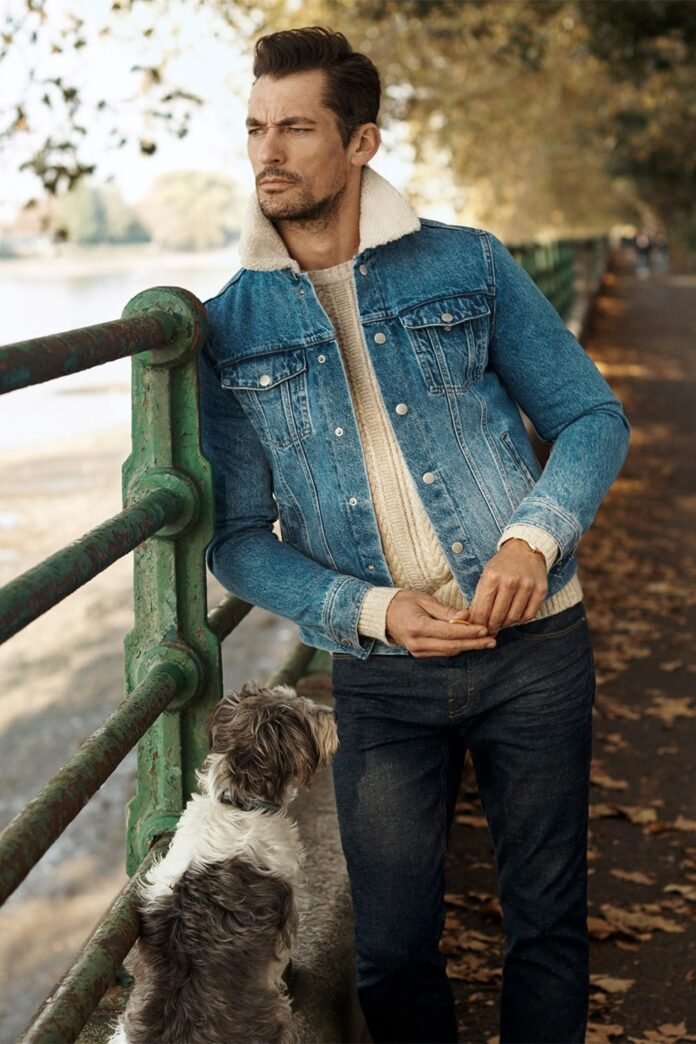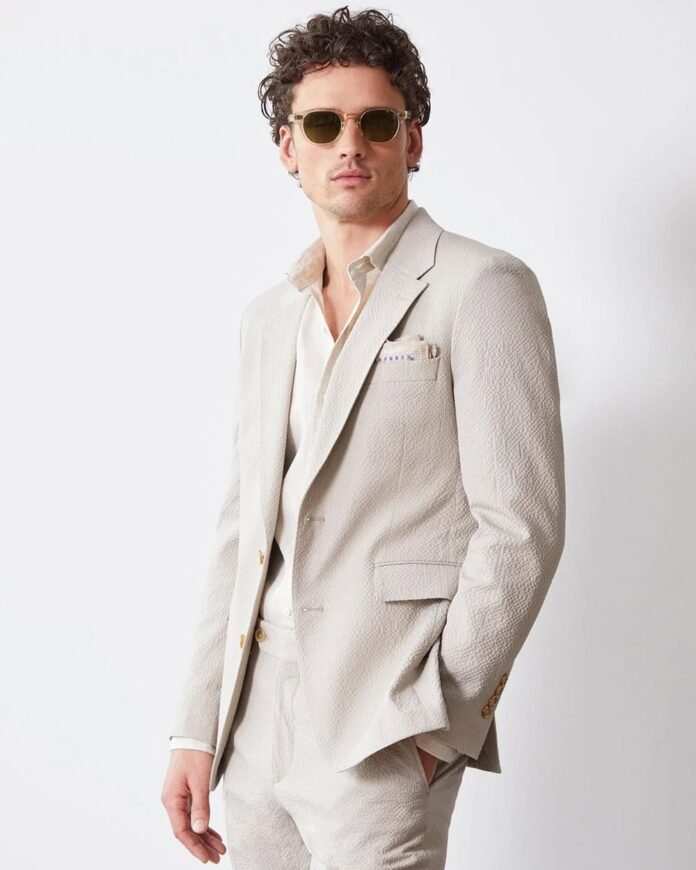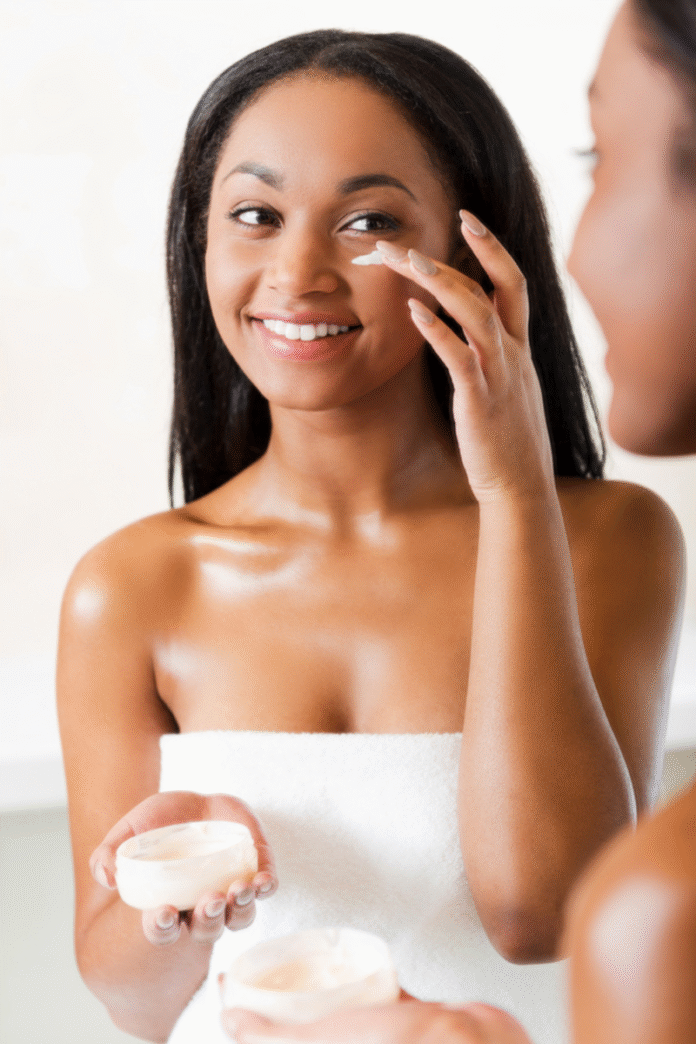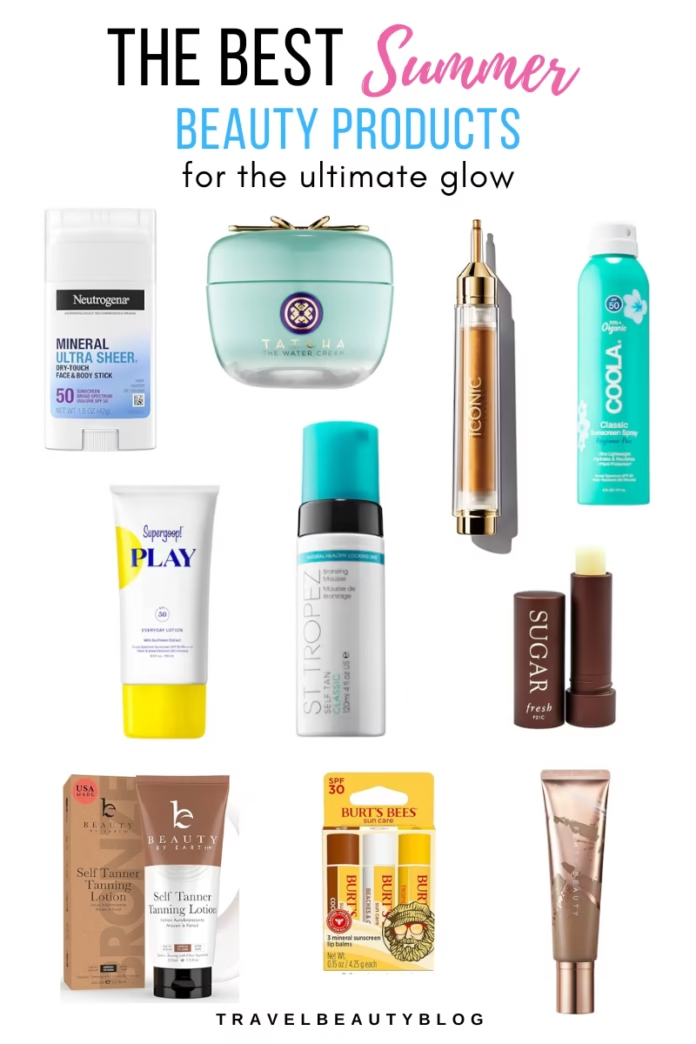The Ultimate Makeup Kit Beginners Guide: Everything You Need to Get Started
Starting a makeup routine can feel overwhelming, especially when faced with endless products, shades, and tools. When I first began wearing makeup at the start of my corporate career, I had zero knowledge about what to buy or how to apply it. It took years of trial and error, along with inspiration from Instagram and YouTube beauty bloggers, to build a makeup kit that truly worked for my skin.
If you’re new to makeup and wondering where to begin, this makeup kit beginners guide will help you assemble the essentials, save money, and avoid buying unnecessary products. The best part? You don’t need expensive brands to start—you can achieve beautiful results with affordable options too.
Step 1: Start With Your Face
Before buying any makeup, it’s essential to understand your skin type—dry, oily, combination, sensitive, or normal. Choosing products formulated for your skin type ensures a smooth application, long-lasting wear, and a healthy complexion.
For dry skin, go for dewy-finish foundations and powders to avoid further drying out your skin. If your skin is oily, matte formulas help control shine without compromising hydration.
Step 2: Essential Face Products
Moisturizers & Primers
A good moisturizer protects your skin from makeup buildup while providing hydration. Look for products with SPF to shield your skin from UV damage.
A primer ensures foundation applies evenly, lasts longer, and prevents caking. Popular options range from drugstore to high-end, so you can find what works for you. Some favorites include:
- NYX Brightening Primer
- Olay Hydrating Moisturizer
- Urban Decay Face Primer
Foundations
Foundations come in various textures: liquid, cream, stick, pressed, or loose powders. They provide coverage, even out your skin tone, and enhance your natural features. Beginners should consider having their skin matched at a pro makeup store to find the perfect shade.
- Liquid Foundation: Smooth application, buildable coverage.
- Cream/Stick Foundation: Good for medium to full coverage and easy to blend.
- Pressed or Loose Powder: Ideal for setting makeup or adding coverage.
Concealers
Concealers hide blemishes, dark circles, and imperfections. They come in liquid or cream formulas, and your shade should generally match your foundation. Concealers can also double as brow definition or eyeshadow primers.
Contour, Blush & Highlighter
- Contour/Bronzing Powders: Add dimension using shades slightly darker than your skin tone.
- Blush: Apply to the upper cheekbones for a soft, healthy flush.
- Highlighter: Add glow to cheekbones, nose bridge, forehead, and chin for a luminous finish.
Step 3: Eyes & Brows
Mascaras
Mascara opens up your eyes and enhances lashes. Choose based on the effect you want: lengthening adds length, volumizing thickens and lengthens simultaneously.
Eyeliners & Brow Pencils
- Pencil & Cream Liners: Great for beginners, easier to control.
- Liquid Liners: Offer a dramatic effect but require practice.
- Brow Pencils: Dark brown shades help define and fill in brows naturally.
Eyeshadows & Primers
- Have one neutral palette for everyday looks and one vibrant palette for creative or evening looks.
- Use an eye primer for smoother application, longer wear, and intensified colors.
Step 4: Lips
Lipsticks & Lip Glosses
- Matte Lipsticks: Long-lasting and less likely to transfer onto clothing.
- Lip Glosses: Add shine and dimension. You can layer gloss over matte lipstick for a polished finish.
Lip Liners
Define your lips and prevent color from feathering. Choose a shade that matches your lipstick for a seamless look.
Step 5: Makeup Tools
Tools can dramatically change how makeup applies. Beginners should experiment with:
- Beauty sponges: Smooth, even application for foundation and concealer.
- Brushes: Ideal for powders, blushes, and contouring.
- Applicators & Lash Curlers: For eye makeup and lashes.
Popular starter tools include:
- BeautyBlender
- MAC Brushes
- Shiseido Eyelash Curler
Step 6: Cleansers & Makeup Removal
Taking care of your skin is just as important as applying makeup. Essentials include:
- Gentle daily cleanser to remove dirt and impurities.
- Exfoliating cleanser for deep cleaning.
- Makeup removers like micellar water or wipes for thorough cleansing.
Optional Items for Your Starter Kit
As you grow more comfortable with makeup, consider adding:
- False lashes
- Tinted moisturizer
- Setting spray
- Face serums
- Masks
- Setting powders
These are not necessary for beginners but can enhance your routine once you’ve mastered the basics.
Final Tips
- Start small with sample sizes to find what works best for your skin before investing in full-size products.
- Stick to the essentials first; a complete kit can evolve over time.
- Don’t be afraid to experiment—practice is the key to building confidence and skill.
With this guide, building your makeup starter kit becomes manageable, cost-effective, and enjoyable. Focus on the basics, understand your skin, and gradually expand your collection as you gain confidence. Soon, you’ll have a makeup kit that’s perfectly tailored to you, helping you feel polished, confident, and ready to face the world.
